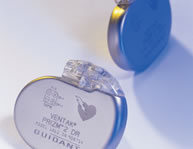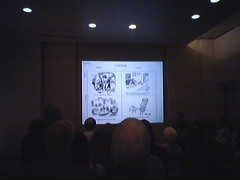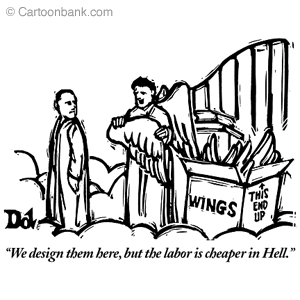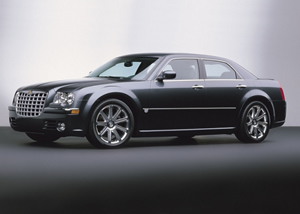 Barry Meier of the NY Times reports the Guidant recall story…
Barry Meier of the NY Times reports the Guidant recall story…
The Guidant Corporation said yesterday that it was recalling about 29,000 implanted heart devices because of flaws that might cause them to short-circuit when they are supposed to deliver a potentially life-saving shock.
What makes the product flaw so important in this case is that the defibrillators are located inside the users’ chests. If quality control alone wasn’t bad enough,
The recall, which comes at the urging of the Food and Drug Administration, involves three models of defibrillators made by Guidant. In the case of one model, the Ventak Prizm 2 DR Model 1861, Guidant did not tell doctors for more than three years that it was prone to electrical failure because of a design flaw. The company also disclosed yesterday for the first time that two other Guidant units had also repeatedly short-circuited.
So not only is the device rather difficult to “recall”, it happened only when the government stepped in, has been an undisclosed problem for years, and incidentally there’s a couple more products that are now revealed as flawed. I guess that last disclosure signals they are owning up to the problem, but one wonders if they’re doing enough to fix the problem.
The company said it was aware of two recent deaths involving the units at issue. It is not clear how much the recalls may cost Guidant.
I’d bet Guidant has a pretty good idea of how much it will cost, that cost is the reason for their delay in disclosing the problem, and accounts for their passive position on the issue…
While the action is technically a recall, it will be up to patients and their doctors to decide whether to undergo surgery to replace the affected devices. Such decisions are typically based on the age and health of a patient and the physician’s assessment of a device’s risk.
The physician’s assessment of the device’s risk? Wouldn’t physicians want to avoid the risk of recommending the use of a flawed product (and be paid to replace it)? Hasn’t Guidant learned from the Tylenol crisis how to save a brand even when your product has led to accidental deaths? Do they perceive this as a product issue or a brand issue? Or a moral issue?
Ironically, Johnson & Johnson — makers of Tylenol — is currently in talks to buy Guidant…
“The events reported by Guidant are serious matters, and Johnson & Johnson is engaged in discussions with Guidant to help the company understand the issues,” the statement read.
So is that J&J getting help understanding the issues, or Guidant?
Update: Meier updates the story today: Defective Heart Devices Force Some Scary Medical Decisions
…some patients like Ms. Alexson and Mr. Parsons are sharing a similar emotion: a sense of betrayal that Guidant did not disclose the problem earlier so that some people might have been spared the tough choice they now face.
While Guidant has offered patients a free replacement unit, Ms. Alexson plans to get one made by a competitor, Medtronic Inc., and battle out the financial issues later. “I can’t trust these people who sit around in their offices and decide whether I’m going to live or die,” she said

 Remember when everyone copied the translucent color of the old iMacs and missed what made them special underneath? Here’s a surface feature that’s incredibly useful, seemingly obvious, and worthy of copious copying: a big handle to reposition your lamp, courtesy of
Remember when everyone copied the translucent color of the old iMacs and missed what made them special underneath? Here’s a surface feature that’s incredibly useful, seemingly obvious, and worthy of copious copying: a big handle to reposition your lamp, courtesy of  Recently I met with some people visiting New York from one of the big electronics manufacturers in Japan. We were talking about market opportunities and I was lobbying for a super simple mobile phone, not realizing
Recently I met with some people visiting New York from one of the big electronics manufacturers in Japan. We were talking about market opportunities and I was lobbying for a super simple mobile phone, not realizing 

 Barry Meier of the NY Times reports the
Barry Meier of the NY Times reports the 